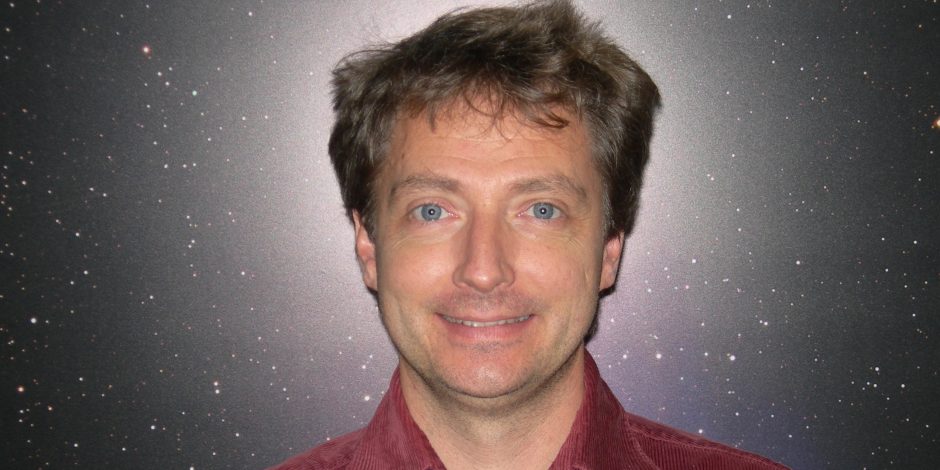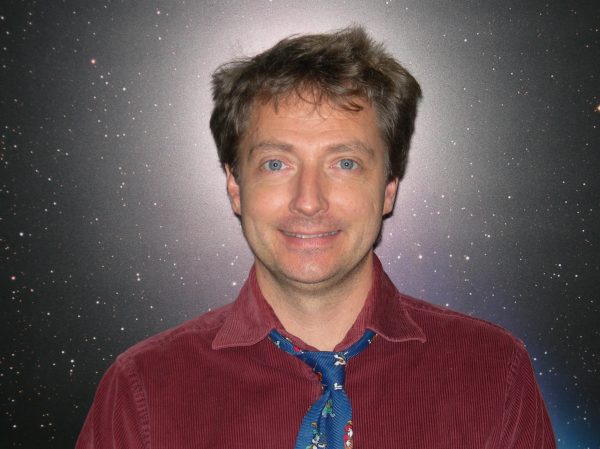Searching with new eyes


Professor François Bouchy, University of Geneva.
In research, searching with new eyes is important if not crucial. Opening his mind, exploring new paths, testing new approaches, scrutinizing differently, and changing the way we think, are always beneficial for new discoveries. Some articles in this INSIDERS volume illustrate this.
The CoRoT mission, that opened the path to the discovery of transiting planets from space, monitored 160’000 targets from Jan 2007 to Oct 2012. More than 500 transiting candidates were found and 36 newly confirmed and characterized exoplanets were discovered including the first rocky planet CoRoT-7b. All the CoRoT light curves are now public and will be soon included in the video game EVE-online for citizen science. The goal is to involve gamers to look for new transit events with a direct by eyes inspection of light curves with no a priori information. In a second step, Kepler and K2 light curves will be included and next year the TESS ones.
From the ground, and more precisely from Paranal (Chile), twelve 20-cm new eyes are scrutinizing the southern-hemisphere sky for transiting exoplanets. The Next-Generation Transit Survey (NGTS) is now in routinely operation and recently found its first exoplanet: a hot-Jupiter orbiting a M-dwarf. This new ground-based experiment demonstrates that the 1-mmag precision is reachable in a large field of view from the ground.
Radial velocity surveys are conducted, since the 51-Peg discovery, with high-resolution spectrographs operating in visible wavelengths. Within the NCCR we are involved in two new generation Doppler spectrographs, SPIROU and NIRPS, operating in the near infrared. These instruments will permit to explore new worlds by looking for exoplanets orbiting red dwarfs. SPIROU spectrograph is presently tested in lab in Toulouse and revealed its first frames last month. It will be installed on the 3.6-m CFHT (Hawaï) in the end of the year. NIRPS spectrograph has its final-design review in mid-May and will be installed on the 3.6-m ESO telescope (Chile) to be used simultaneously with its grand brother HARPS in 2019.
NCCR offers the unique possibility to merge, to combine and to share more than 100 pairs of different eyes with their own sensitivities, specificities, and domain of expertise. This is a unique and great opportunity for new discoveries.
François Bouchy
Categories: Internal Newsletter
